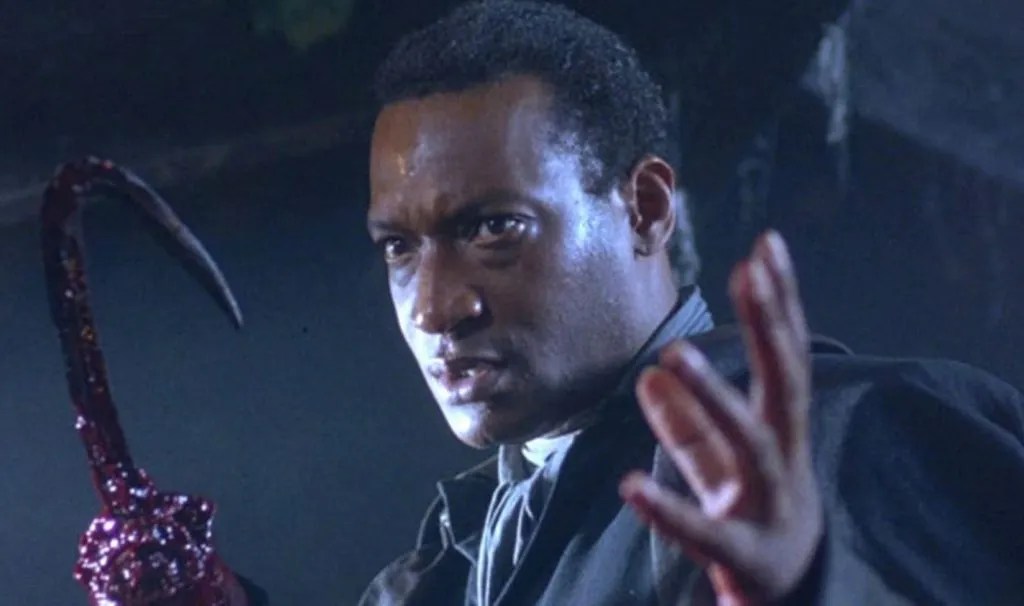By Karen - 17 September 2021

(B+) Very few Americans would say that it is bad after watching this movie, because it is closely related to the BLM movement last year. The whole movie seems to say that white policemen kill innocent people, and this is retribution. Does anyone dare to say bad?
Jordan Peele's previous works are a combination of horror and racial issues. This time he served as a screenwriter and producer of the film. The director was replaced by a young African-American female director Nia DaCosta, but the whole style is still very close to Jordan Peele's previous works. From the aspects of blood and horror rendering, this film is actually quite ordinary, on the same level as the Halloween series, but the biggest difference between this film and other similar horror movies is that the people killed are bullies and stupid in life. Self-knowing people, and most of them are white, and for this reason, even if Candyman won't come out without chanting the spell, they still ask for trouble.
Therefore, when watching Candyman, you can't help thinking: Why do these people hear the legend about Candyman, but are not afraid, but want to give it a try? Then cast yourself into the net? Perhaps it is because the legend of Candyman originally originated from the African-American civilian community, and it is itself related to racial discrimination, but after hearing about it, many arrogant whites did not understand its background carefully, and treated it with contempt. This is just a reaction. Out of their usual disrespect for other races and cultures.
I haven't seen the original version (1992), but this new version does have its own unique style. For example, the director is good at using oil painting, mirroring, and different angles to present murder scenes without repeating it. Mirror movement and picture composition are also very innovative. One of the scenes that thought it was about to end, suddenly the camera was zoomed into the distance, and the scene where the white woman was suddenly picked up and rubbed against the window from outside the building was very impressive.
Some memoir passages are also presented with paper-cut paintings very well, with the feeling of grandparents telling scary ghost stories to children. And the director likes to look up from the bottom up to shoot Chicago's tall buildings, giving people a sense of oppression, as if to show the difference in race and class. African Americans who grew up in poor areas have been oppressed and bullied for generations. There are many scenes of innocent white people shooting or killing African Americans in the film, but most of these only hear the gunshots but do not see the real misery or blood. Conversely, when Candyman retaliates for slaughtering the whites, most of the scenes will see blood flow in a river.
Therefore, Candyman is not an ordinary serial killer story, but a mythical story with racial, political/political significance, and its essence is to express the anger caused by racial discrimination.
However, most horror movies have stupid people who die, and this one is no exception. This is the eternal law of horror movies.
There are a lot of bees in the film, and it is guaranteed that there will be a buzzing echo in the ears for a long time after watching


